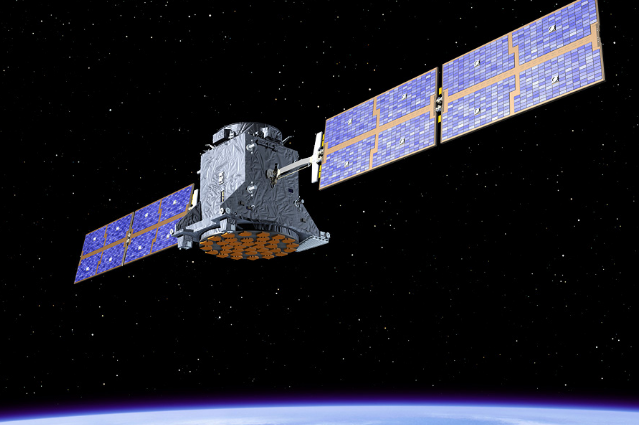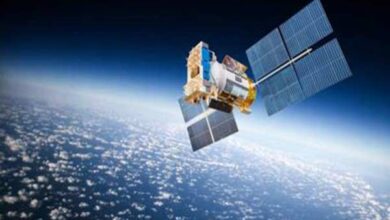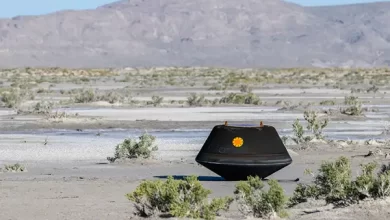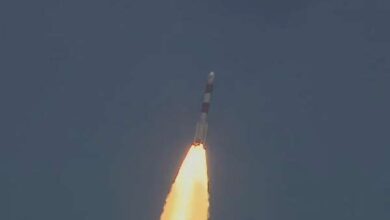20 new moons of Saturn discovered

Researchers are constantly making new discoveries in a universe full of endless mysteries. Now researchers have discovered 20 new moons orbiting the planet Saturn, taking the number of moons of this house to 82. So far in our solar system, Jupiter had the highest number of 79 moons, but after this discovery, Saturn has gone ahead. After the latest discovery, the number of moons of different planets in our universe has come to a total of 210. These include 82 of Saturn, 79 of Jupiter, 79 of Uranus, 14 of Neptune, 5 of Pluto, two of Mars and one of Earth’s moon. is.
Jupiter still king in this category
Although in the case of the highest number of moons, Saturn may have surpassed Jupiter, but the largest moon still is with Jupiter. Its Ganymede moon is about half the size of the Earth. Researchers believe that this discovery may throw more light on the origin and evolution of Saturn. Scientists believe that Saturn may have another hundred small moons. However, their distance from the earth may be much longer, so it may take time to discover them.
17 orbits in the opposite direction
Scott Sheppard of the US-based Carnegie Institute for Science was among the researchers who discovered these moons with the help of the Subaru Telescope in Hawaii. Shepherd was also involved. According to the Chief Shepherd of the discovery, the diameter of all the discovered moons is about five kilometers. Three of these moons are orbiting Saturn on their axis in the direction of rotation, while 17 are in the opposite direction.
Based on the study, the researchers said that two of the three moons orbiting Saturn are closer to this planet than the third. It takes two years for these two moons to orbit Saturn, while the third takes three years due to greater distance.
According to Sheppard, the study of the orbits of these moons can reveal their origin. Also, information about the conditions around Saturn at the time of their origin can also be found. From this, along with the changes in the origin of Saturn, it can be found out about the origin and development of other planets. In addition to Sheppard, David Jewitt of the University of California Las Angeles and Jan Kleyna of the University of Hawaii were among the explorers.
Researchers have expressed the possibility that these small moons may be broken from a larger moon. According to Sheppard, these small moons were able to orbit Saturn by breaking through their main moon, which is important. Researchers have found out from the study that the moons orbiting Saturn in the opposite direction are as much inclined on their axis as the moons discovered earlier. This further reinforces the possibility that all these moons were part of a bigger moon. Such groups of outer moons also appear around Jupiter, says Sheppard. These indicate that a collision occurred in the Saturnian system or while crossing external objects such as asteroids or comets.
Sheppard has made such discoveries before. He has discovered 12 moons orbiting Jupiter. The Carnegie Institute for Science has also launched an online competition for naming five of the newly discovered moons.










One Comment